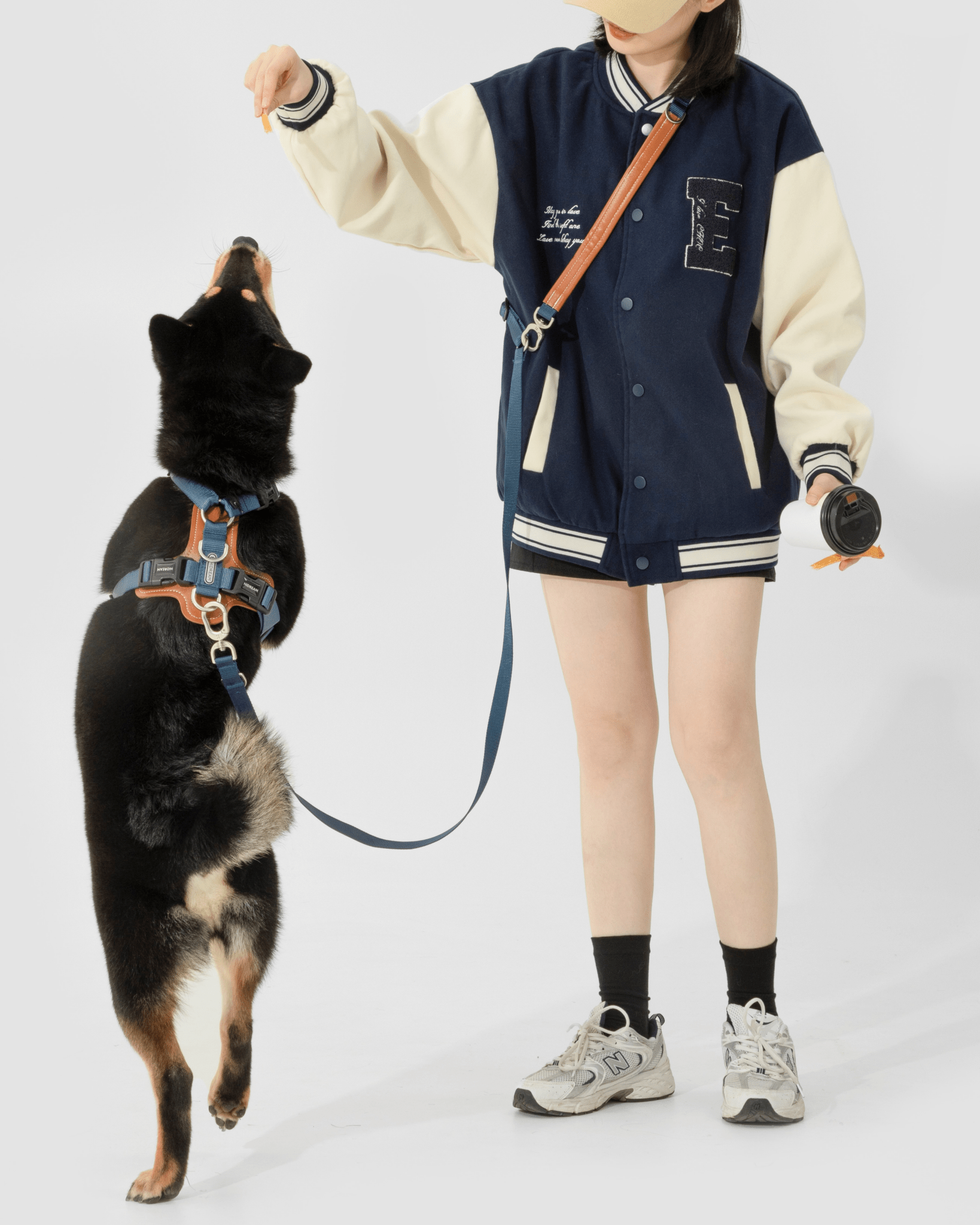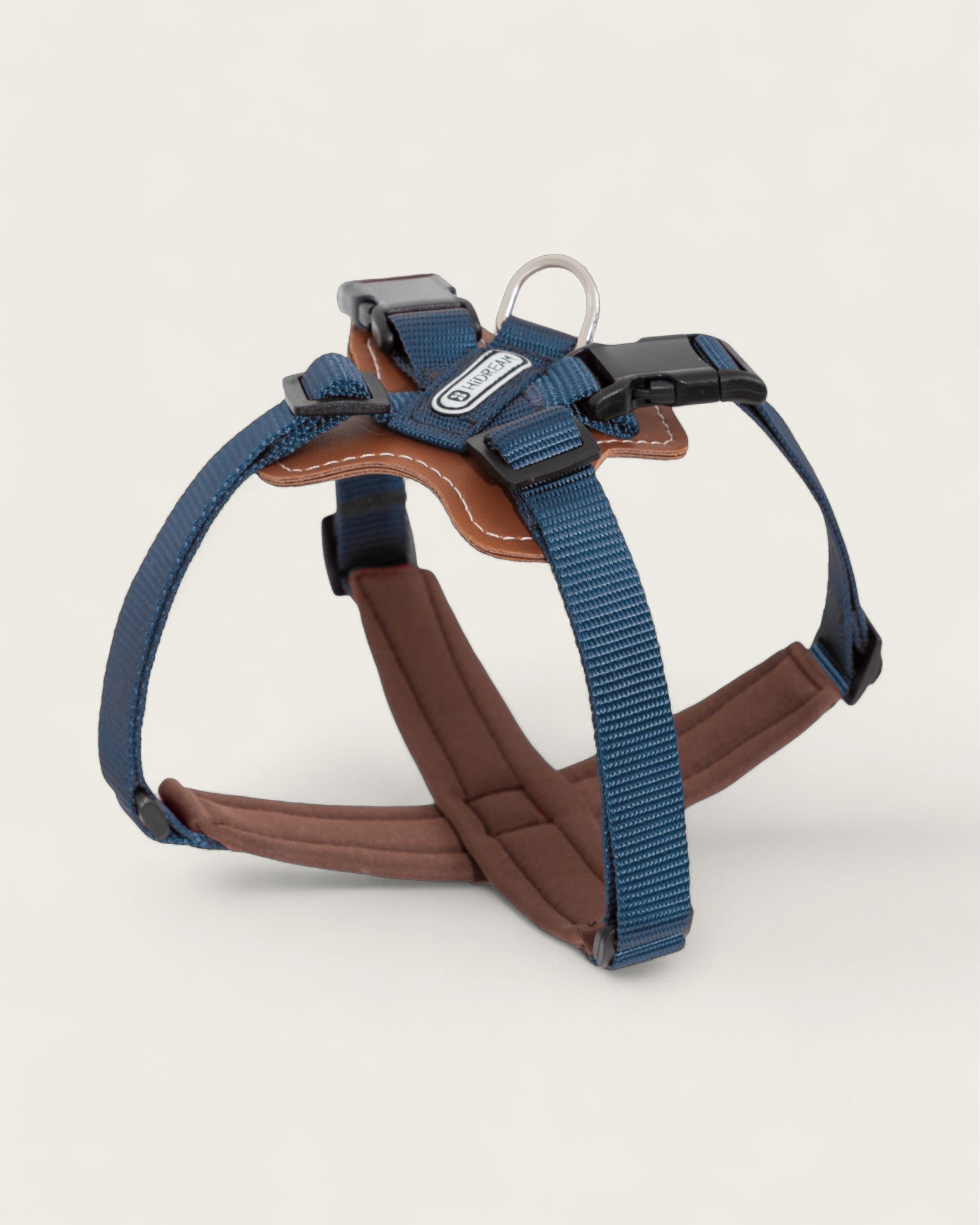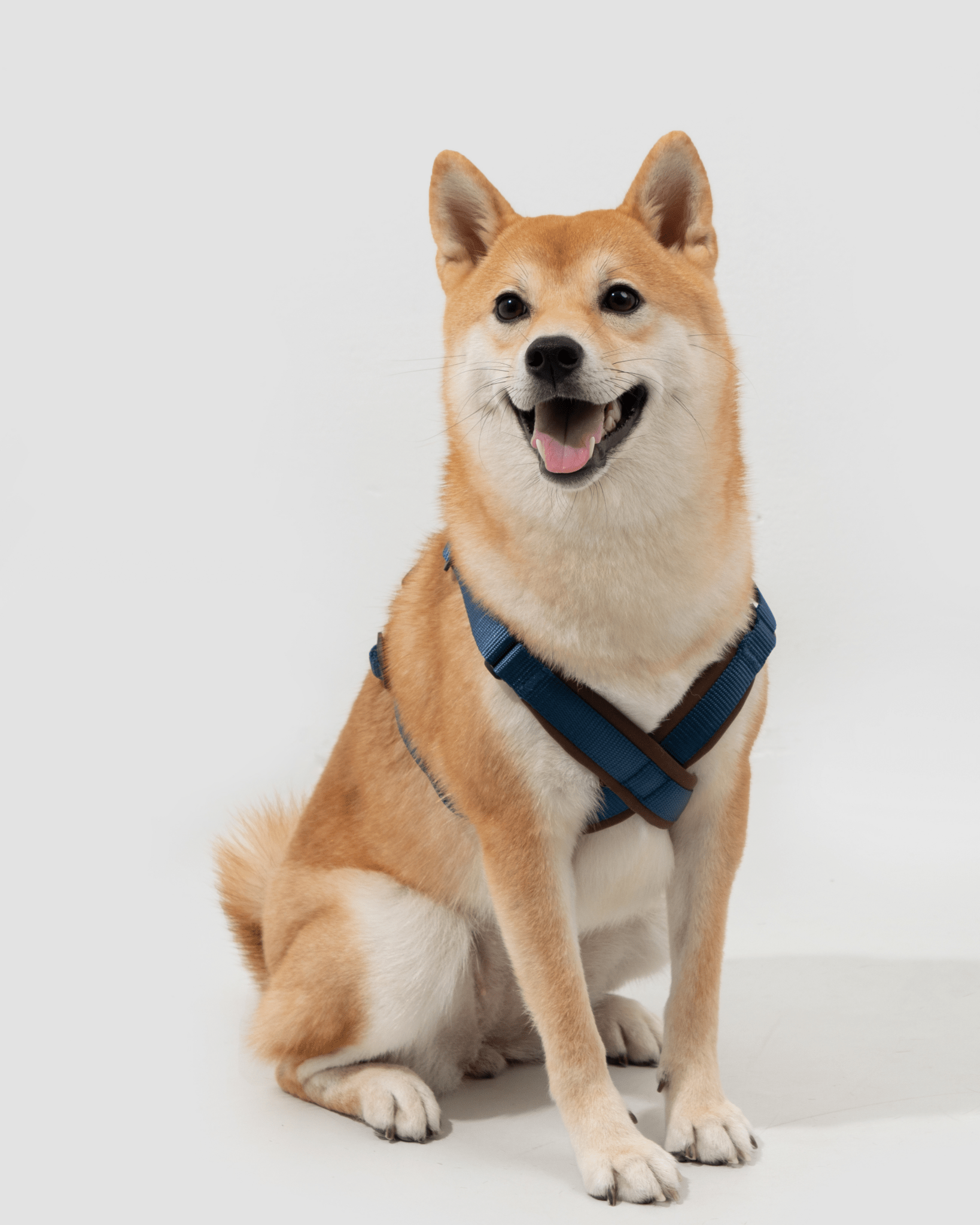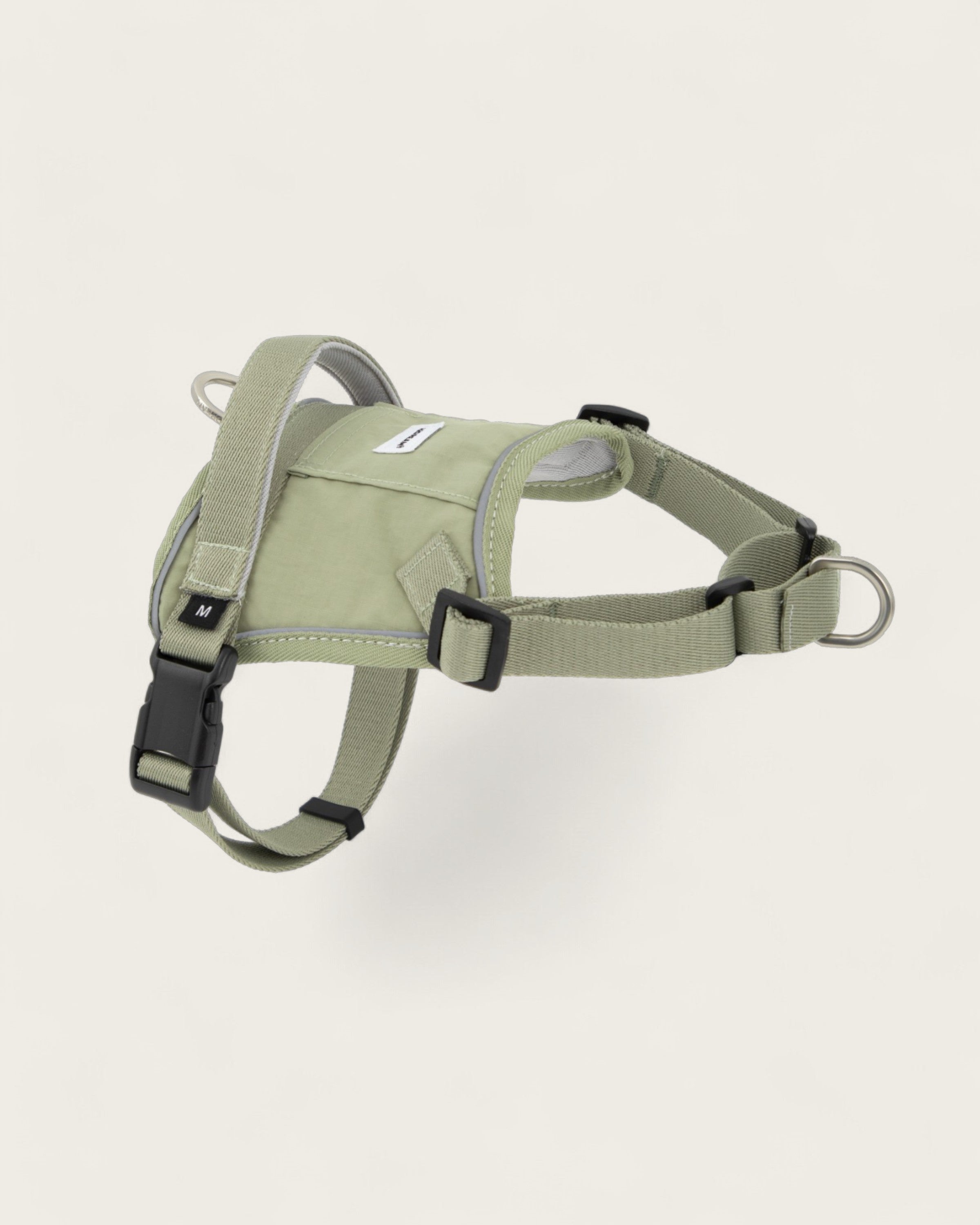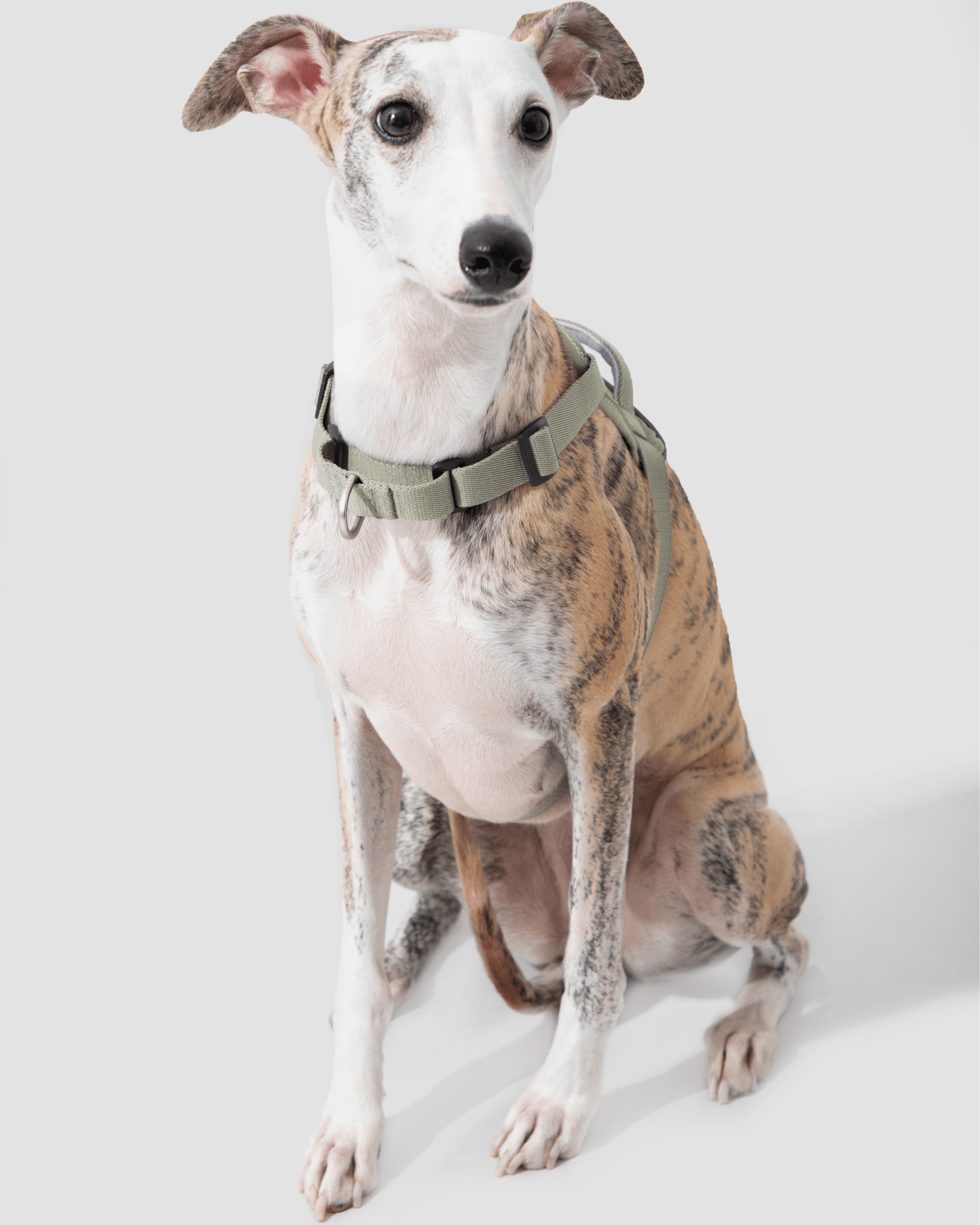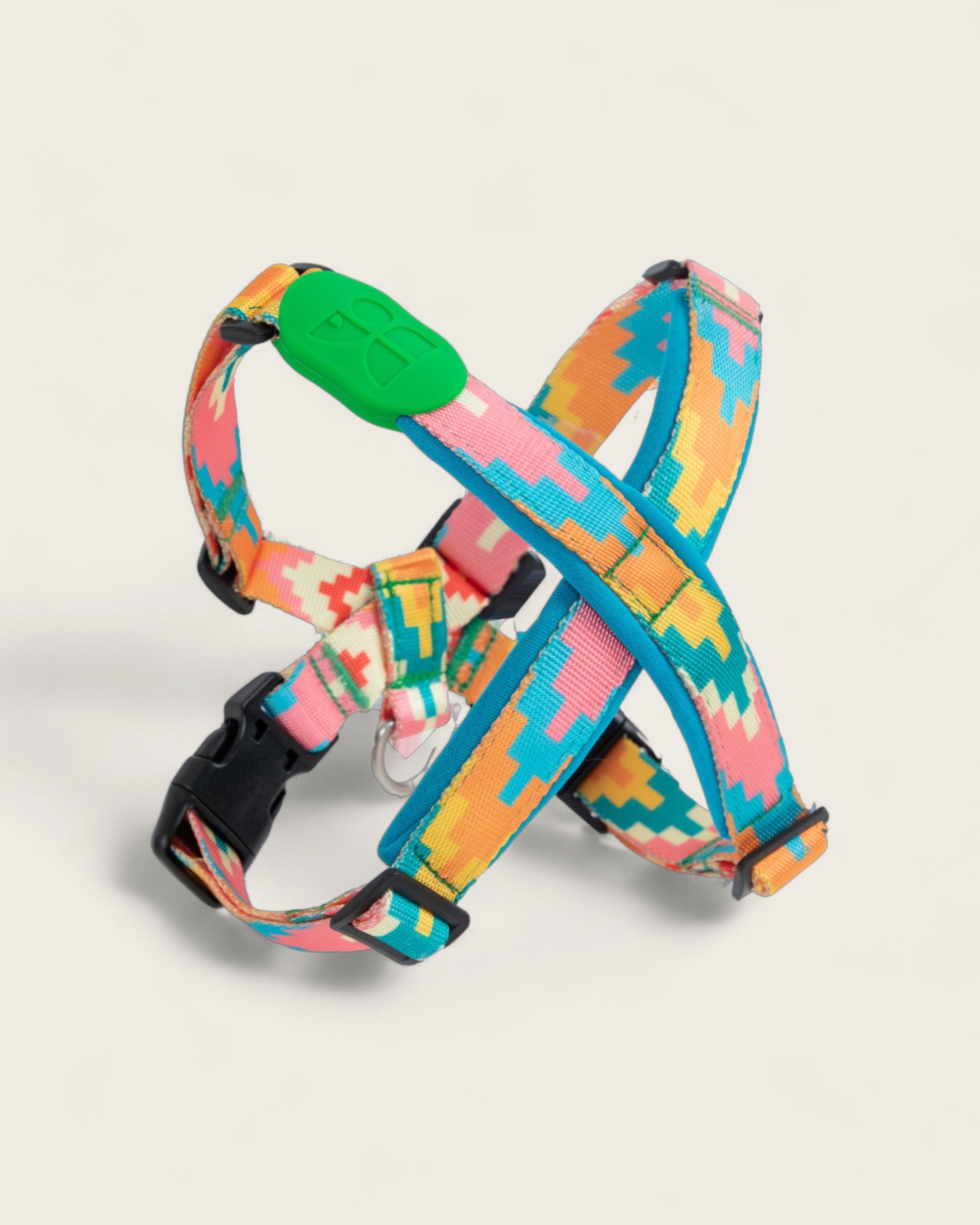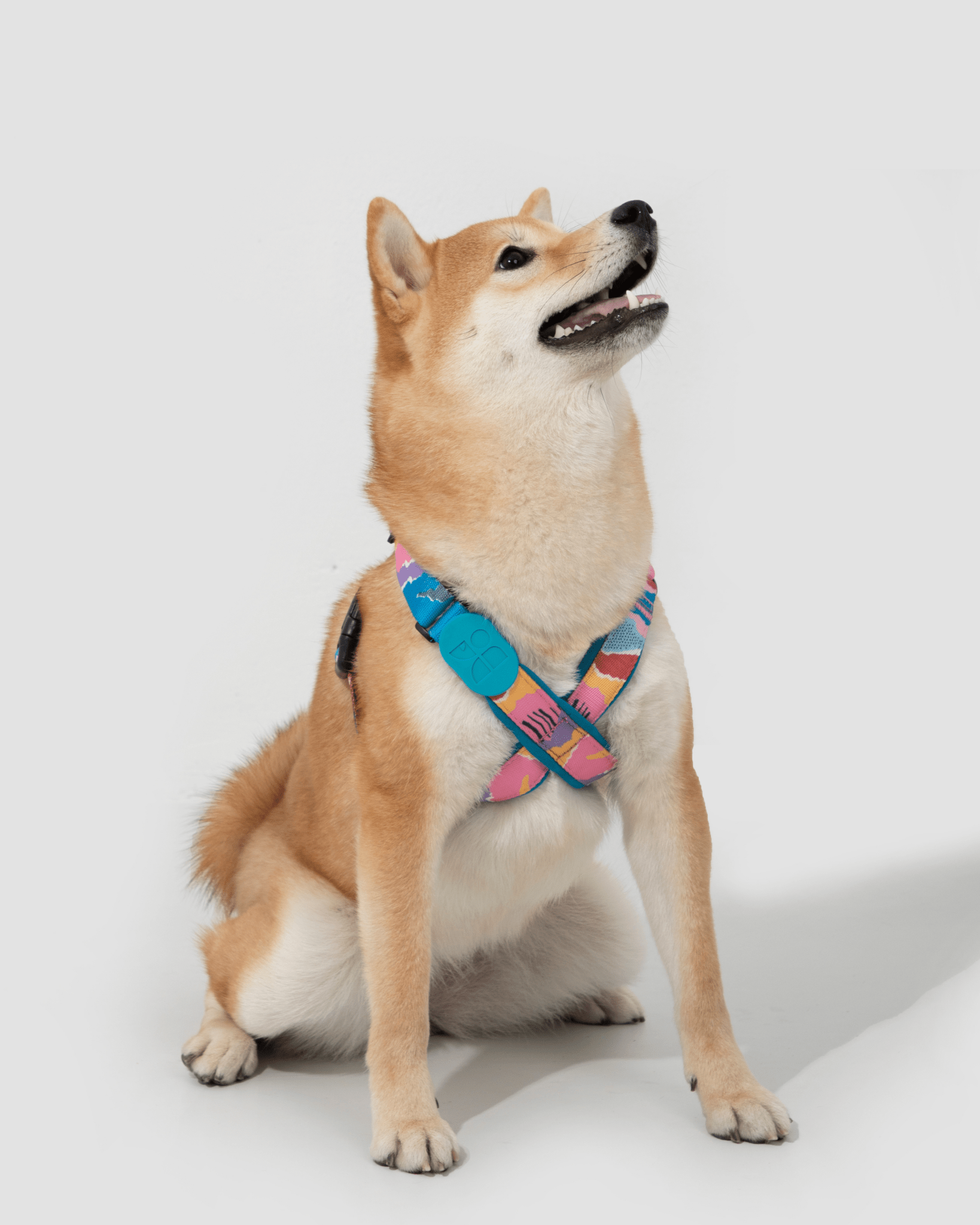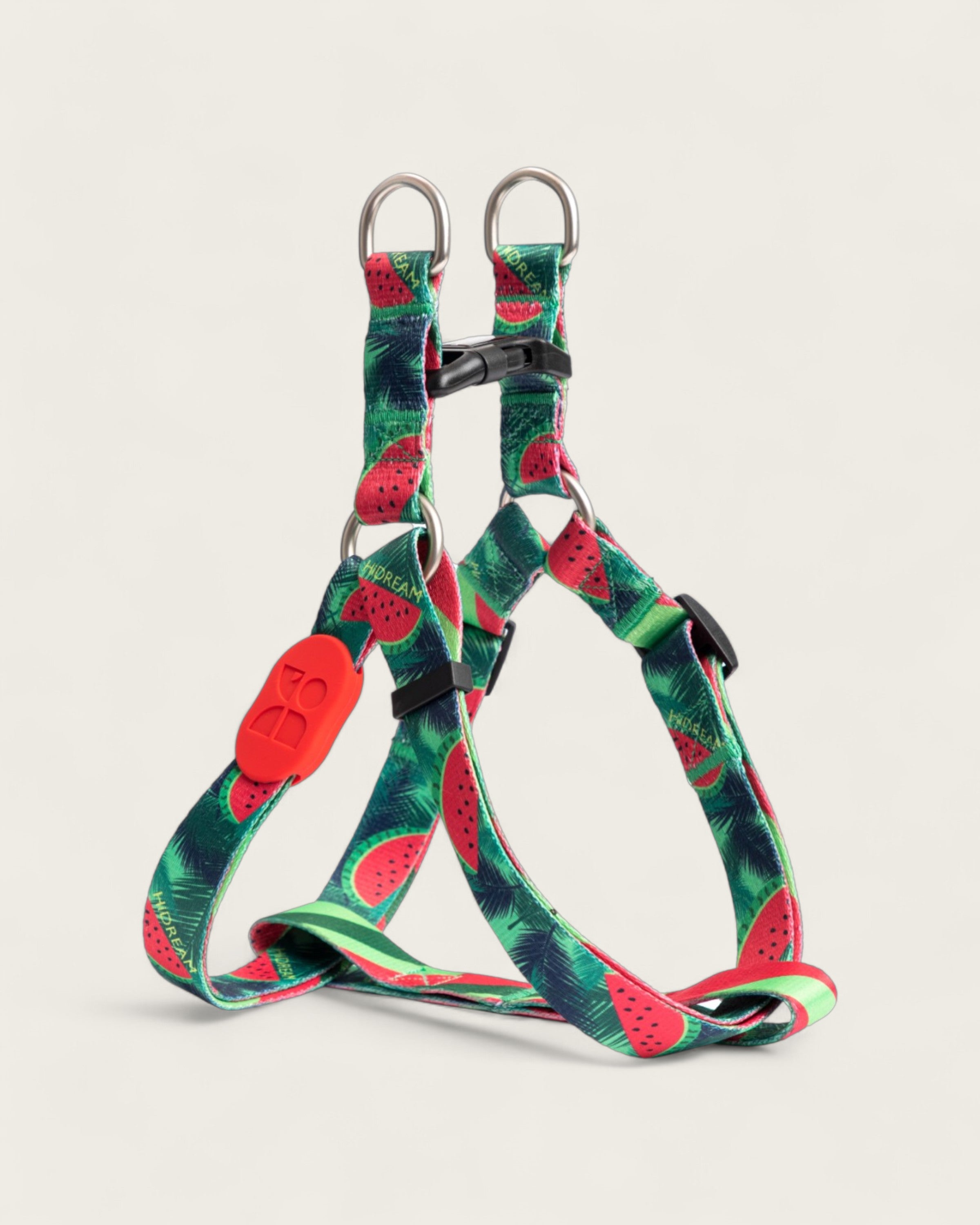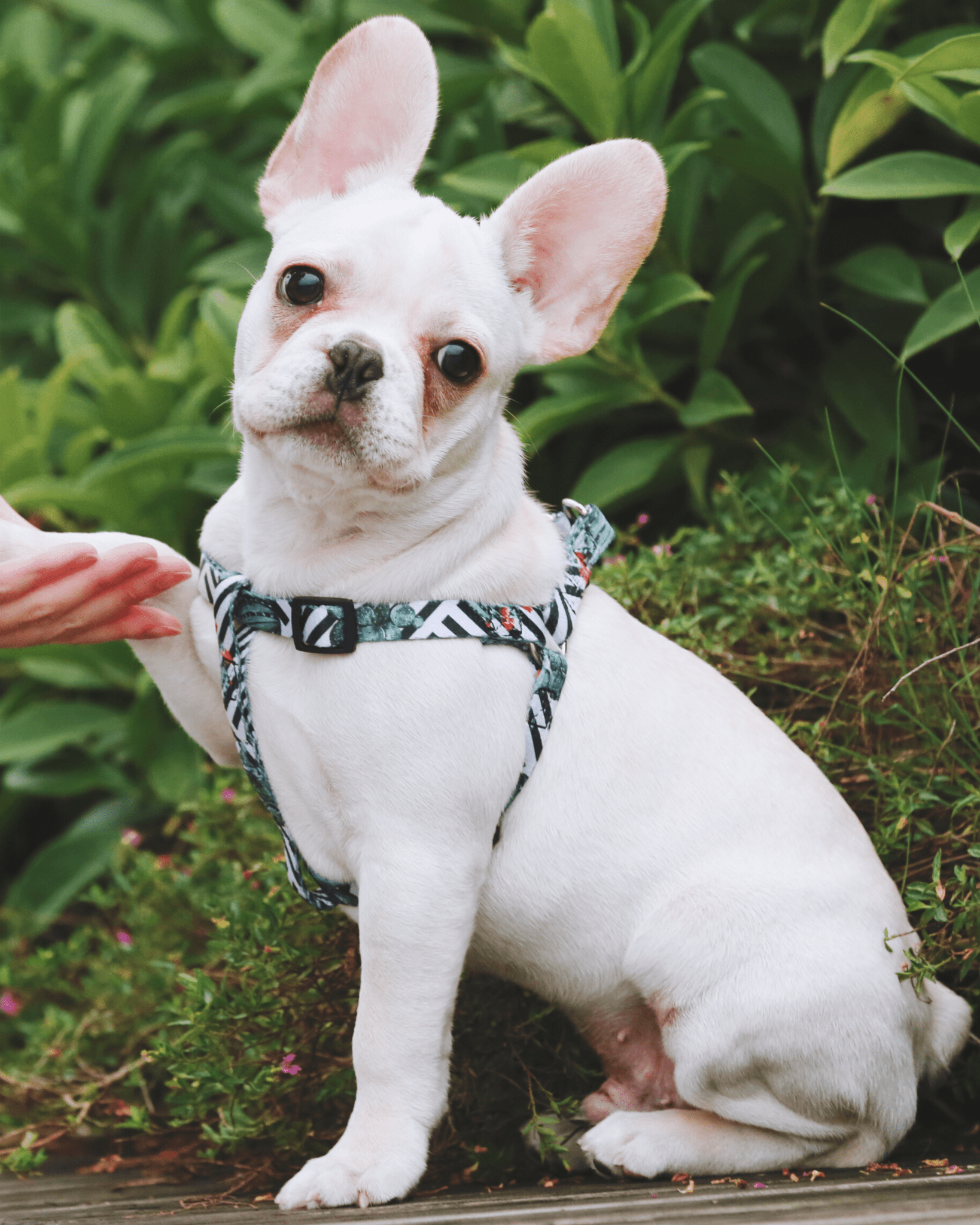When choosing between a harness and a collar for your dog, it’s essential to consider their comfort, safety, and your control during walks. Both options have their pros and cons, but the right choice depends on your dog’s size, behavior, and specific needs.
Why the Right Choice Matters
The proper walking gear does more than keep your dog safe—it also prevents injuries and improves their overall walking experience. A poorly chosen collar or harness can lead to:
- Chafing or discomfort during movement.
- Increased risk of escape or injury.
- Strain on the trachea or chest, particularly for dogs prone to pulling.
Understanding the differences can help you make the best decision for your furry friend.

The Benefits of Harnesses
Harnesses are ideal for dogs that pull or need extra control. Here’s why:
-
Prevents Strain on the Neck:
Unlike collars, harnesses distribute pressure evenly across the chest and shoulders. This reduces strain, especially for small breeds, brachycephalic dogs, or those prone to tracheal issues.
-
Increases Control:
No-pull harnesses, particularly front-clip designs, can help redirect your dog’s energy and minimize pulling behavior.
-
Escape-Proof Design:
Harnesses are harder for dogs to slip out of, providing added security during walks.
-
Versatility and Comfort:
With padded straps and ergonomic designs, harnesses are gentle on your dog’s body and suitable for long walks or outdoor adventures.

The Benefits of Collars
Collars remain a popular choice for everyday wear. Key advantages include:
-
Convenience:
Easy to put on and take off, collars are perfect for quick outings or identification purposes.
-
Lightweight Design:
For dogs that walk calmly, collars are unobtrusive and simple.
-
Tag Attachment:
Collars provide a secure place to attach ID tags, which are essential for safety.
Which Should You Choose?
-
Harness:
Choose a harness if your dog pulls, has respiratory issues, or requires extra control. Styles like no-pull or vest harnesses offer specific benefits for active or small dogs.
-
Collar:
A collar is ideal for well-trained dogs, quick trips, or as a backup for ID purposes. Pairing a collar with a harness can provide the best of both worlds.
Final Thoughts
The decision between a harness and a collar depends on your dog’s needs and walking habits. Harnesses are generally safer for active dogs or those prone to pulling, while collars offer convenience for calm, well-trained pets. No matter your choice, prioritize your dog’s comfort and safety for enjoyable outings together.






